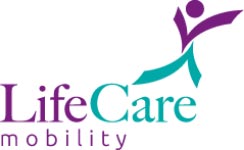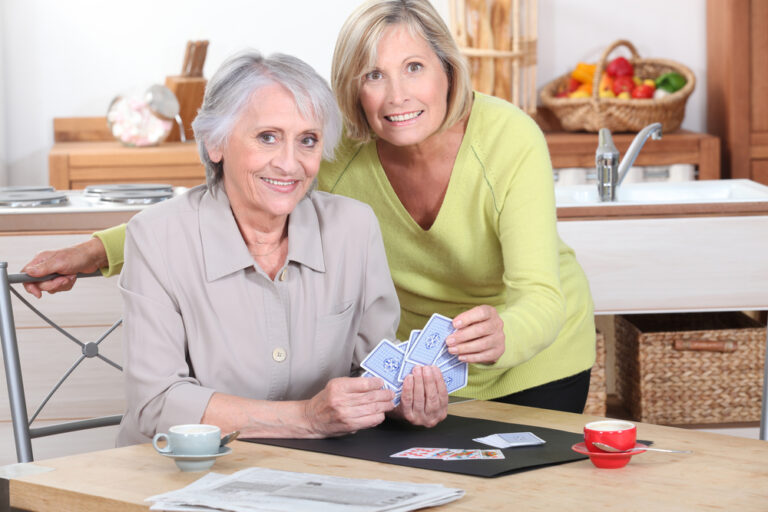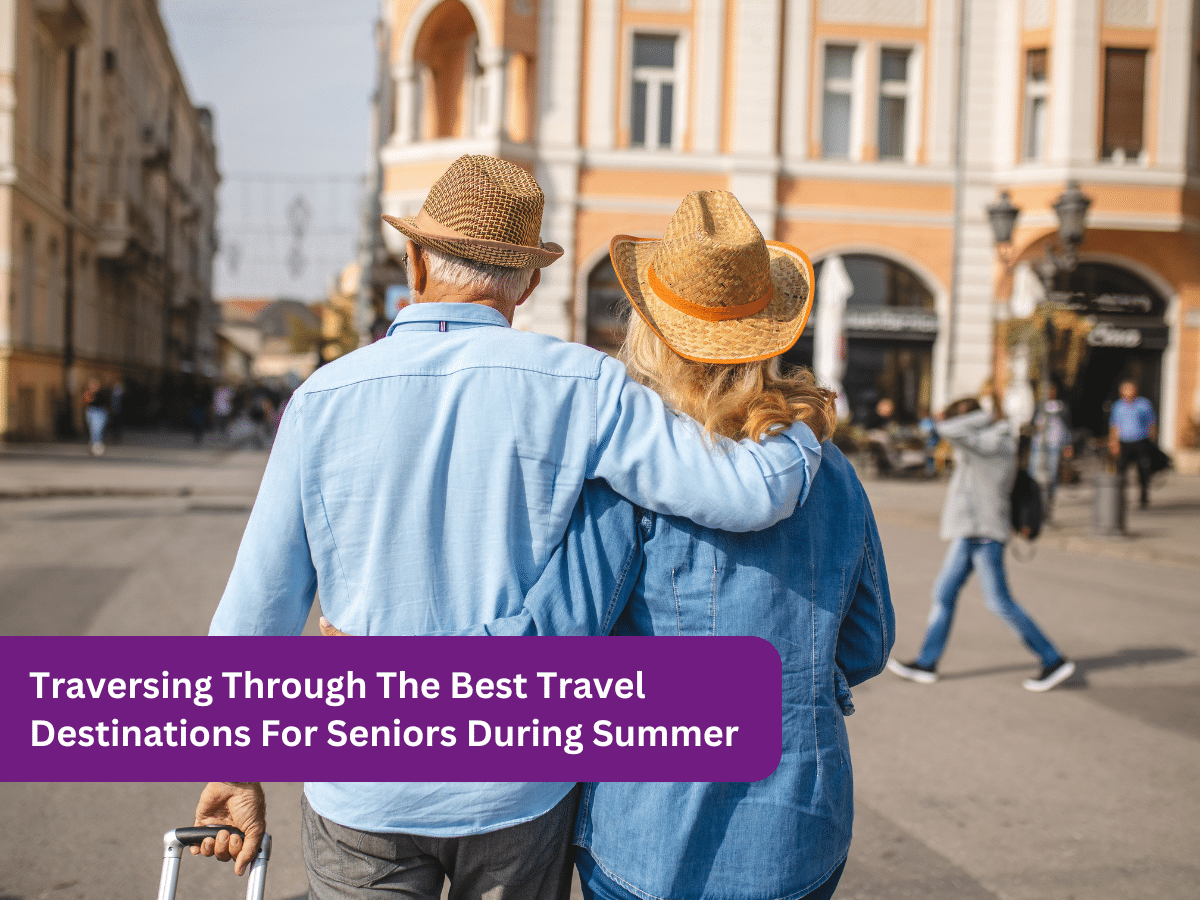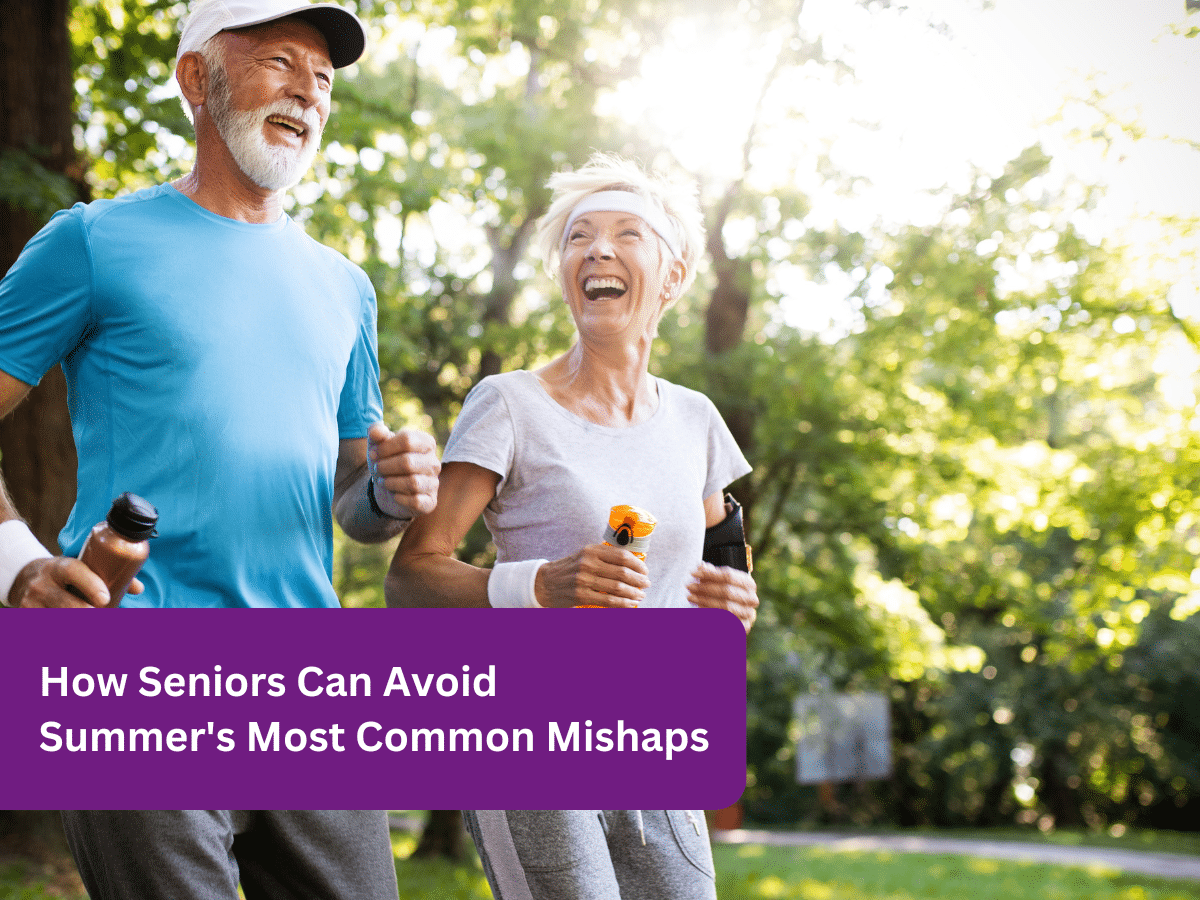Do you live with an older adult? If so, you’re likely on high alert most of the time. Naturally, you’re inclined to do whatever it takes to keep your aging parent happy and healthy. He/she is likely to have a mobility issue or two, based on nothing more than the fact that he/she is elderly. With diminishing strength and balance, your elderly loved one is more susceptible to injury.
What steps can you take to ensure the safety of the senior in your home?
Remove all tripping hazards.
Do you tend to just slip off your shoes at the front door when entering the home? Perhaps, it’s best you place them away in the closet. Anything left of the floor can be a tripping hazard for an older adult. Pick up any and all toys, books or other objects from walkways and staircases. As well, tuck away cords and push furniture to locations that enable ample space for your elderly loved one to walk by.
“Did you know that falls are the leading cause of injury for seniors?” asks asks Closing the Gap Healthcare, “By removing hazards, you reduce the risk of falls. You can do this by removing throw rugs or adding rubberized backing to better grip the floor. Declutter your house often and avoid laying extension cords across the floor. Also consider donating/discarding old furniture to create more of an open environment.”
Keep a list of emergency numbers visible and accessible.
In the event of an emergency, it is imperative that all household members know exactly what to do. Who do we call? Where do we go? These questions can be answered by having an emergency contact list made visible and accessible in the home. The list should include such numbers as your elderly loved one’s doctor, the nearest pharmacy and a professional caregiver if you have one.
“For a senior who is injured or in danger, scrambling to find an address book or a misplaced cell phone will only increase the hazard, so posting a list of critical numbers in a visible spot—or more than one spot—can mean that help can be on the way sooner,” writes Meghan Wentland on BobVila.com, “The list should…include the Poison Control number…in case of a medication mixup or accidental ingestion (and) the numbers of family members and friends or neighbours.”
Assess the lighting.
Here is a rule of thumb to practice in your household: the brighter, the better. Naturally, it’s much easier to avoid tripping hazards when you can clearly see what is right in front of you. It’s important to remember that many seniors contend with vision impairments. As a result, it’s best to have bright lighting throughout the home.
“You should keep your house well-lit to prevent injuries,” agrees Closing the Gap Healthcare, “Do this by replacing any burnt out light bulbs and considering installing new light fixtures in dimly lit areas in your home. Consider installing a motion detection light inside and outside the home so your lights will turn on and off automatically.”
At LifeCare Mobility Solutions, we offer a wide range of high-quality mobility solutions that help seniors to get around safely and avoid dangerous falls. Among them are mobility scooters, wheeled walkers and rollators. To learn all about them, please don’t hesitate to call us at 416-267-9800 or email us at info@lifecaremobility.ca. You may also contact us by filling out the form on our Contact page!



